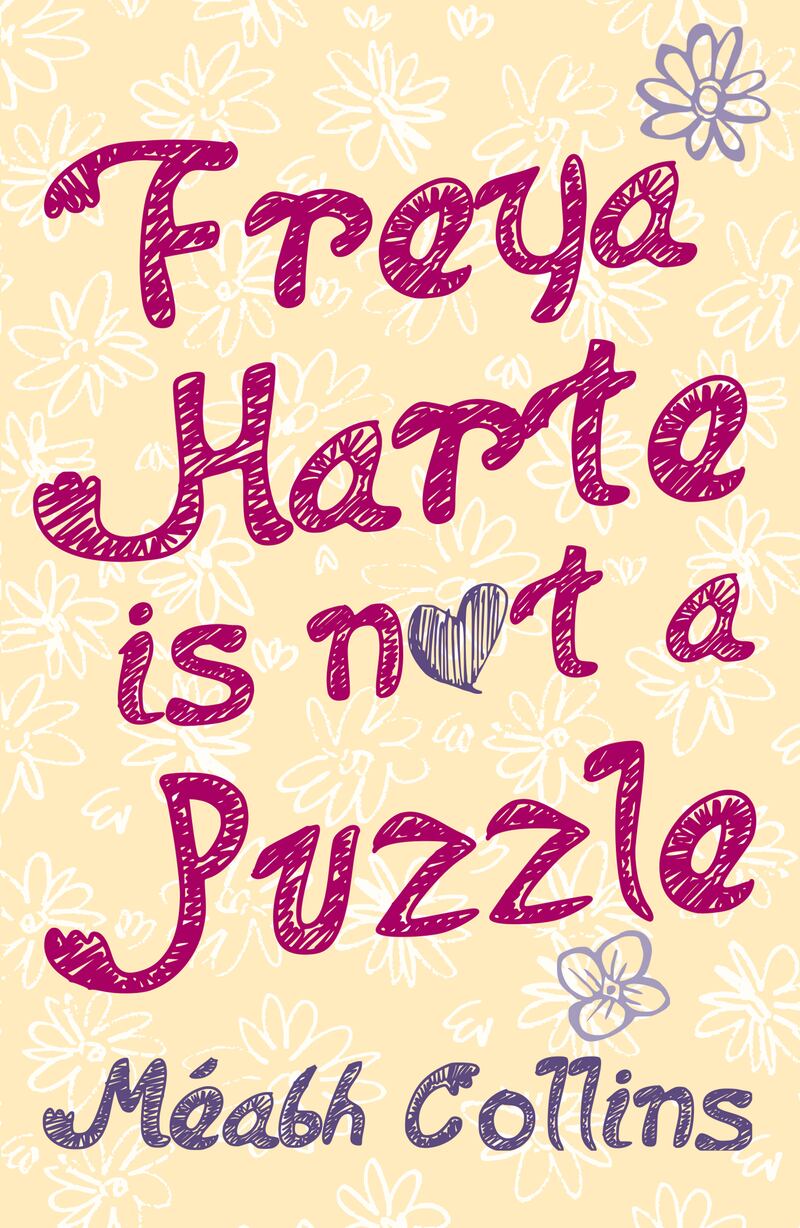When I began writing my debut novel about an autistic teenage girl, I had a clearer sense of what I didn’t want to do, rather than what I did.
For instance, I didn’t want to present my protagonist’s autism solely in the form of observable behaviours, or exaggerate her differences to such an extent that a non-autistic person couldn’t relate to her. I didn’t want to exploit her autistic experience for comic effect, or perpetuate the same lazy stereotypes so often applied to speaking autistic characters in popular culture.
No, this wasn’t going to be another story about a rigid savant who is socially inappropriate and believes themselves to be intellectually superior to their peers. There are already plenty of those, and I find their portrayal of autism both reductive and harmful.
Only in determining what I didn’t want to write about was my true ambition for this novel realised: I wanted to portray the experiences of an autistic character from the inside out, rather than the other way around. In particular, I wanted to offer insight into the inner life of the autistic girl, a figure who has historically been overlooked in autism discourse and is only now beginning to be understood.
READ MORE
Considering the ability of many autistic girls to “mask” their traits, I wanted to focus not on my protagonist’s behaviours as they appear on the surface, but on the emotional forces and thinking that drive them from within. Rather than baldly identifying her autistic characteristics on the page, I wanted to offer a nuanced exploration of her processing challenges, sensory sensitivities, and reasoning and social skills. In other words, I wanted to humanise her, a basic courtesy still lacking in many examples of autism representation today.
My novel, Freya Harte Is Not A Puzzle, which is marketed to a young adult audience, tells the story of 14-year-old Freya, who is making sense of a recent diagnosis of autism. Like many adolescent girls and women, Freya’s diagnosis comes about after she reaches mental breaking point. Unable to cope with a stressful transition from primary to secondary school, Freya becomes anxious and develops an eating disorder, an illness she manages to conceal until it gets out of hand one summer.
Following psychological assessment, Freya returns to school in September with a new word in her vocabulary: autistic. She is not exactly thrilled. Although her diagnosis explains her social, sensory and processing challenges, it also confirms her greatest fear: she is different. Can she make peace with that fact? Can she even learn to embrace it?

In writing this novel, I drew a lot on my own experiences as an autistic person. I was 24 when I was diagnosed (I am now 32) and, unlike my protagonist, relieved to finally have the language to explain my differences. At last, I could navigate life with a proper understanding of myself; I could begin dismantling my deep-seated belief that I was slow and incompetent, and be kinder to my hardworking brain that does its best to manage in a fast-moving, sensorily-overwhelming world.
The quarter of my life I have lived with the knowledge that I am autistic has been the happiest, and it is from this place of contentment that the idea for this novel emerged. I wanted to write the book I needed to read as a teenager, in the hope of “paying it forward” to the next generation of autistic women.
Autism is a complex, sometimes divisive subject and I did not enter into writing a novel about it lightly. Indeed, throughout the writing process, I questioned whether this story, as much as it meant to me, was worth releasing into the world. What if I misrepresented something in my portrayal of autism? What if I wasn’t inclusive enough of the wider autistic community, some of whose experiences and needs, for myriad reasons, vary significantly from mine?
What settled these concerns time and again was my belief that young autistic people deserve the best representation and that my autistic heroine, drawn with sensitivity and care, could be a force for good. A recent BBC documentary, Inside Our Autistic Minds, revealed that autistic women without an intellectual disability are eight times more likely than the general population to die by suicide. That is a chilling statistic, yet it didn’t surprise me when I heard it; I doubt it would surprise many autistic women (or men, for that matter).
Realistic and nuanced portrayals of autism matter because the better understood our minds and experiences are by wider society, the more hope there is for our whole community to thrive.
Despite the discourse around autism becoming more positive and inclusive in recent years, the autistic community remains in crisis due to a lack of services, support and understanding from the wider world. A novel cannot solve these problems, but mine acknowledges that they exist and are critical.
Realistic and nuanced portrayals of autism matter because the better understood our minds and experiences are by wider society, the more hope there is for our whole community to thrive. My novel is an attempt to lift the lid on autism and illustrate the rich inner world of a young autistic girl. I hope that autistic readers enjoy following Freya’s journey as she navigates friendship and school life, and even recognise parts of themselves in her.
Equally, I hope that non-autistic readers gain a deeper understanding of the autistic experience, wide-ranging and diverse though it is, through Freya. Everyone benefits from proper representation, and I hope that my novel is not only a heart-warming and humorous read, but a helpful one.
Méabh Collins’ debut YA novel, Freya Harte is Not A Puzzle, is in bookshops now, priced €9.99













